World’s Smallest International Bridge Is Only 19 Feet Long
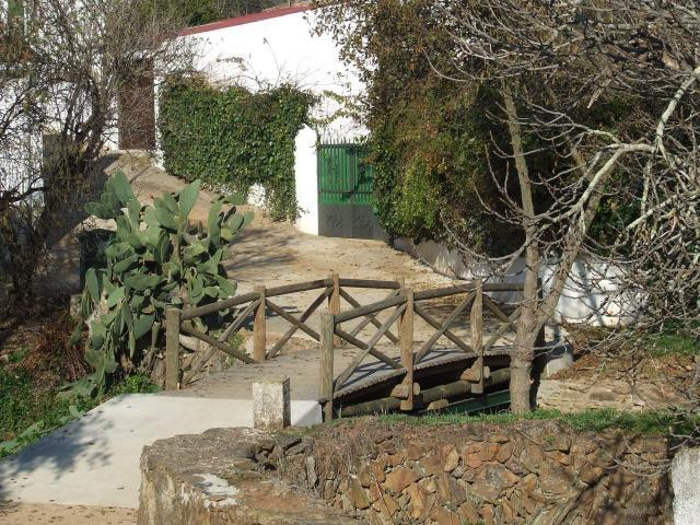
El Marco, a small rustic bridge connecting the Spanish village of El Marco to the Portuguese village of Varzea Grande, is the world’s smallest international bridge. Crossing the 19ft (6 meters) long and 4.7ft (1.45 meters) wide El Marco wooden bridge, you’d think you were just crossing a small stream in a rural area of […]
The World’s Oldest Continually Operating Company Has Been Around for Almost 1,500 Years

Founded in the year 578, Japan’s Kongo Gumi construction company is recognized as the oldest continuously operating company in the world. Thousands of companies are founded and liquidated daily around the globe, many of which only operate for a few years, maybe even months. The world’s most valuable companies have only been around for a […]
Scientists Discover Entire Ant Colonies Will Play Dead to Avoid Predators
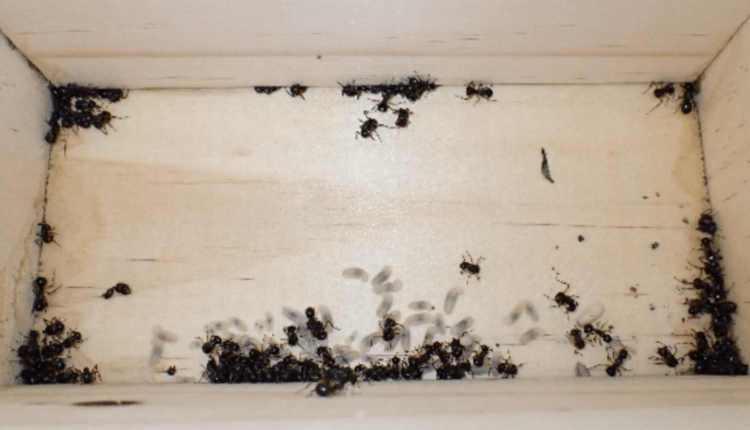
Researchers studying various species of animals on Australia’s Kangaroo Island stumbled upon a colony of Polyrhachis femorata ants that they believed was dead until one of its members moved slightly. Feigning death, also known as thanatosis or tonic immobility is a well-documented defense mechanism observed in dozens of animal species, from insects and lizards to […]
Man Tears Windpipe While Trying to Supress a Sneeze

In what has been described as a first-of-its-kind medical case, a man in his 30s ended up with a hole in his throat after pinching his nose and pressing his lips shut in order to surpress a sneeze. The unnamed man was taken to Ninewells Hospital, in Dundee, Scotland, in severe pain, after trying to […]
The World’s Strongest Animal Can Lift 1,180 Times Its Own Body Weight
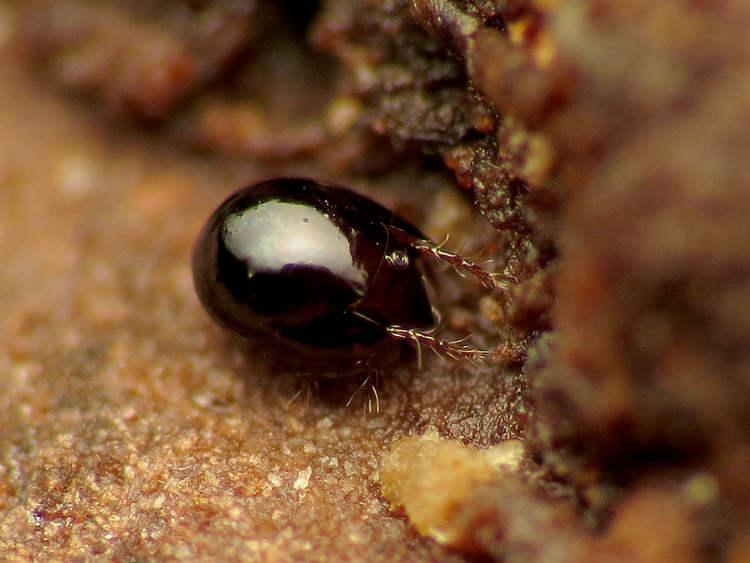
Measuring about 1 millimeter in size, the oribatid mite or armored mite is recognized as the strongest creature on Earth. It can lift over 1,000 times its own body weight. For us humans, being able to lift even double our own body weight is an impressive athletic achievement, but that pales in comparison to the […]
America’s Smallest Bank Has Just Two Employees, No Transaction Fees

With just $3 million in assets, two employees, no ATM, no website, and no transaction fees, Kentland Federal Savings and Loan is the smallest bank in America, and it’s been around for over 100 years. You’ve most likely heard of America’s banking giants – JPMorgan Chase, Morgan Stanley, Citigroup, Wells Fargo, and the Bank of […]
This Species of Fish Has Neon Blue Flesh And No One Knows Why
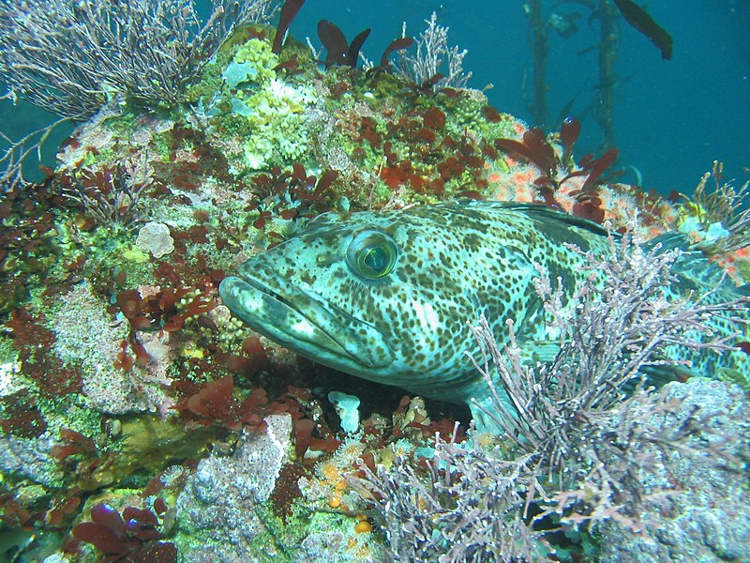
The Lingcod, a fish native to the North American west coast, usually has brown-red or even greyish skin and white flesh, but about 1 in 5 specimens are actually neon blue both inside and out, and no one really knows why. Popular both among recreational fishermen and seafood lovers for its delicious meat, the lingcod […]
This Tiny One-of-a-Kind Gem Is the World’s Rarest Mineral
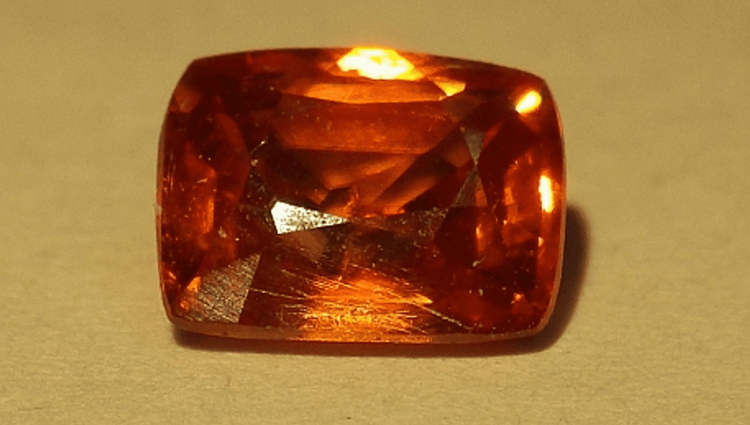
Kyawthuite is a transparent reddish-orange mineral of which only a single, tiny sample exists – an 0.3-gram gem – making it the rarest mineral in the world, by far. There are around 6,000 minerals recognized by the International Mineralogical Association, and while many of them are classified as ‘rare’, none of them rival kyawthuite in […]
Animated Oats – The Wild Oat Seeds That ‘Walk’ To Suitable Planting Ground
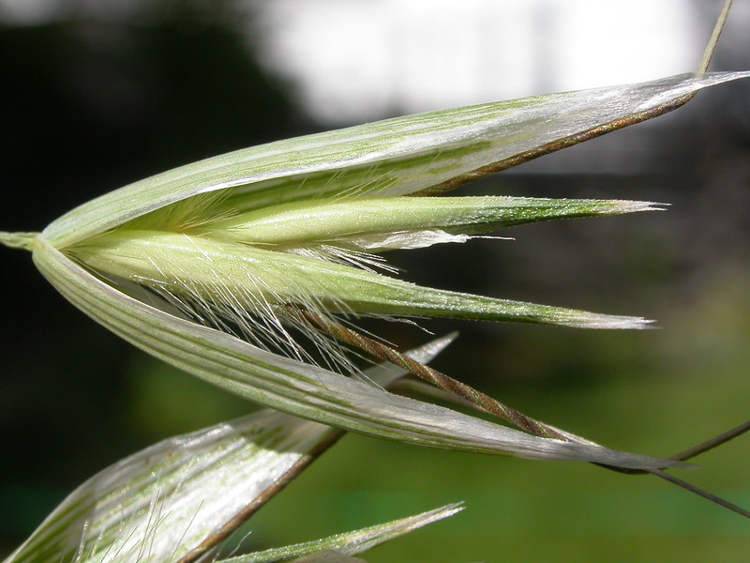
Certain species of wild oats have a special seed dispersal system that looks as if the seeds are walking on the ground looking for suitable soil to take root in. Modern-day oats (Avena sativa) have been drastically altered through domestication and are entirely dependent on humans for their survival. Not only do they need to […]
The Marble Berry Is the World’s Brightest Living Thing
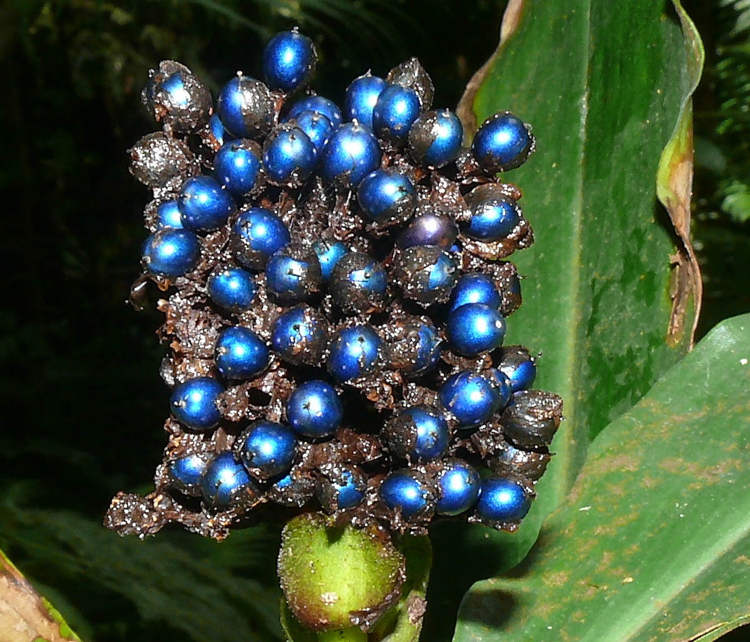
The fruit of Pollia condensata, aka the marble berry, a plant that grows in the forests of Central Africa, has been scientifically recognized as the brightest organic substance in nature. The elusive marble berry plant grows up to about meter-tall and sprouts clusters of up to 40 small, impressively-shiny fruits. Seeing a marble berry up […]
World’s Largest Soaring Bird Can Fly 100 Miles Without Flapping Its Wings
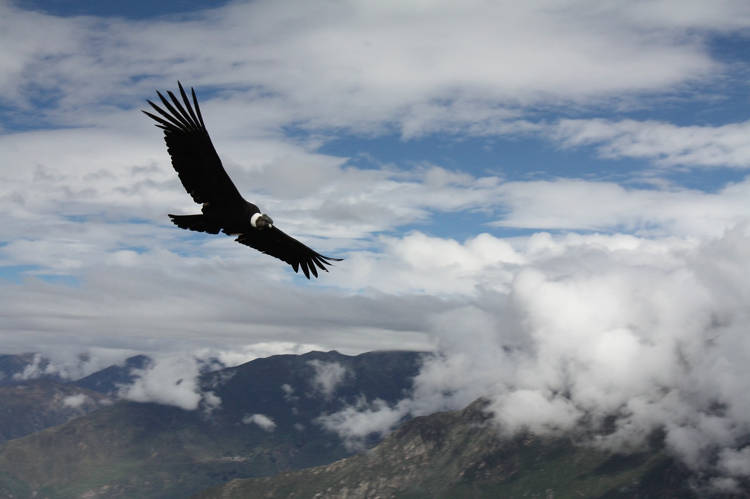
According to a fascinating new study, the Andean condor spend almost all of their flying time in soaring mode, flapping their wings only 1.3 percent of the time. Weighing up to about 16 kilograms and with a wingspan of roughly 3.3 meters, the condor is the largest flying bird in the world by combined measurement […]
Born to Fly – The Bird That Spends Up to 10 Months Without Landing
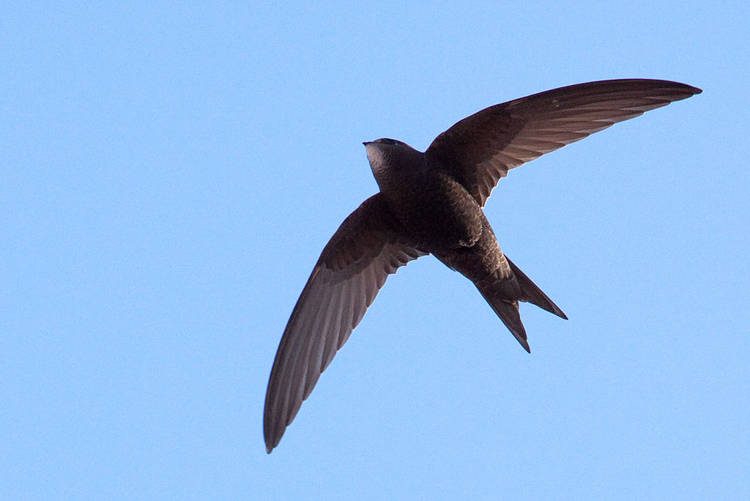
Scientists have long suspected that some species of birds can eat drink, mate and even sleep while flying, but even they were stunned when data showed that one such species could go up to 10 months without landing. As its name suggests, the commons swift (Apus apus) is a common bird that lives all across […]
